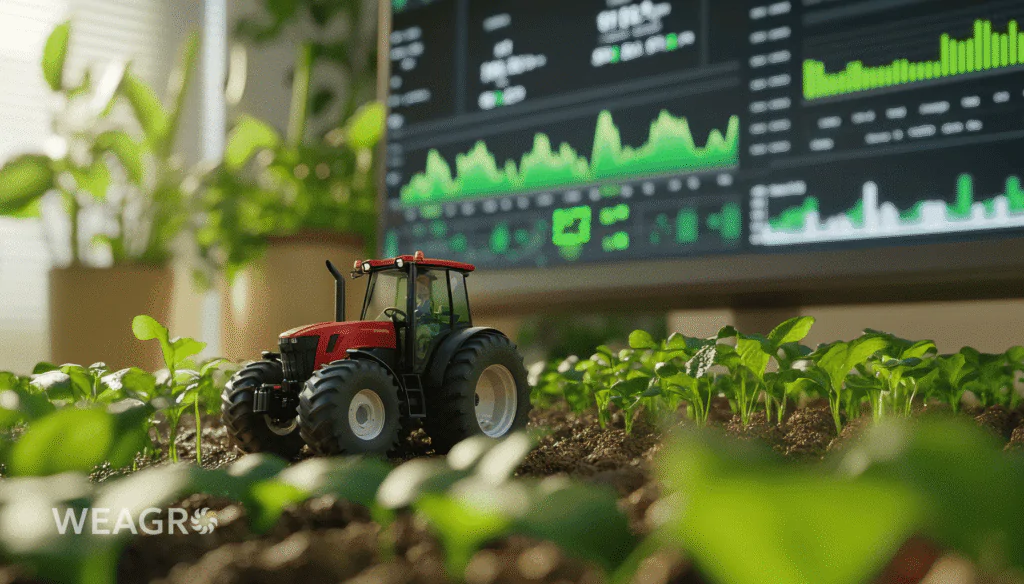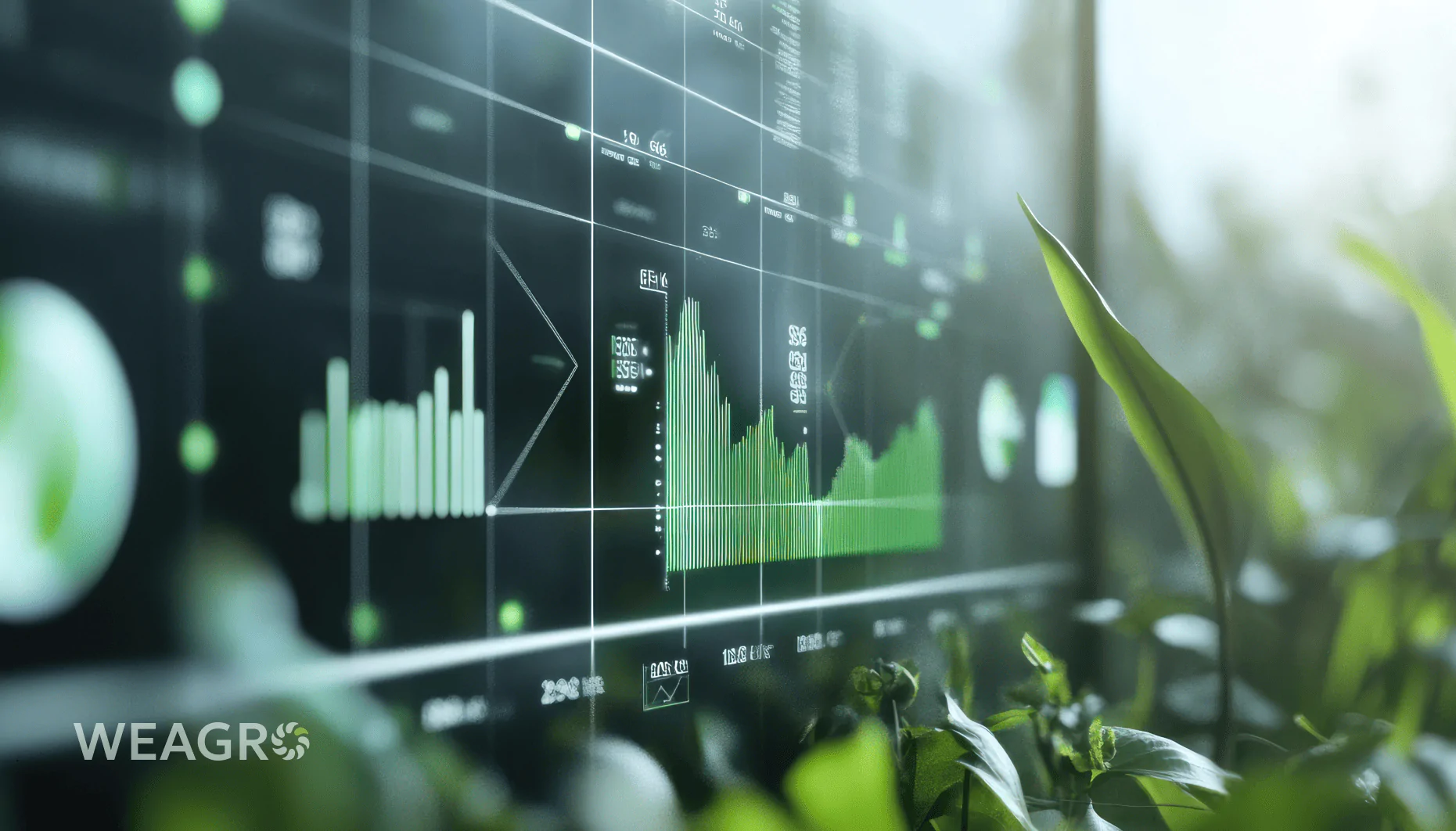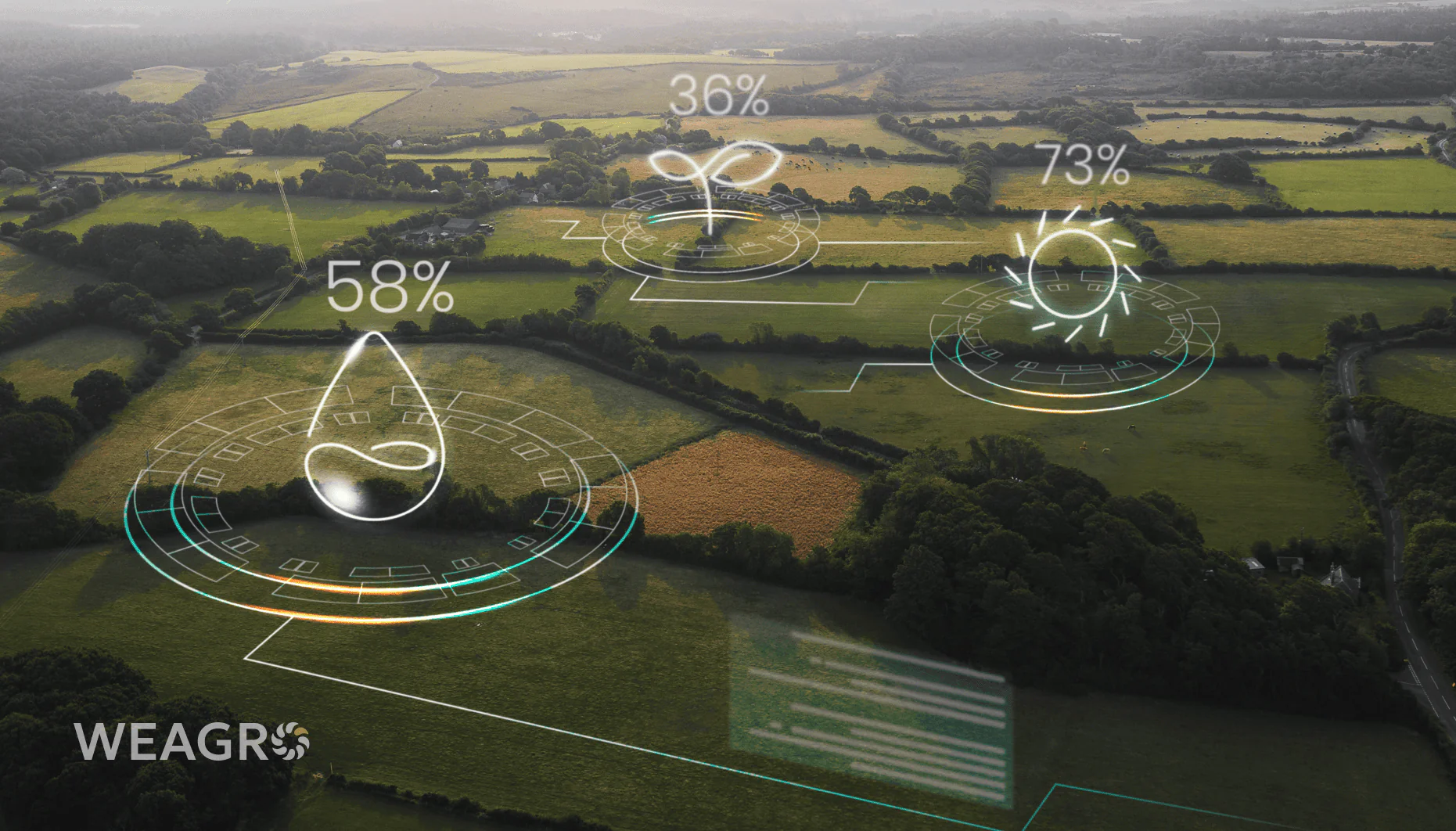For farmers, September is not only the end of the active phase of the season but also the best time for honest analysis of results. Was the planned profitability achieved? Where were the losses? How effective were the procurement, logistics, and technological solutions? It’s crucial to answer these questions now to avoid repeating mistakes in the new season.
Proper financial management is what distinguishes sustainable agribusiness from impulsive farming. It’s not about formal accounting, but strategic vision: when, where, and how to best invest resources, how to maintain liquidity in critical moments, and how to scale without unnecessary risks.
Starting with the Real Balance: What to Consider when Evaluating the Season

The first step is to sum up income and expenses. It sounds simple, but in practice, it requires a deeper approach than just creating a table of revenues and expenses.
You need to consider not only direct costs (seeds, fertilizers, fuel, equipment rental) but also indirect ones: equipment depreciation, seasonal labor costs, crop losses due to weather conditions, price reductions due to logistical delays or careless deals.
Yield is not the only efficiency indicator. If too many resources were spent to achieve it, profitability will be zero or even negative. That’s why it’s important to analyze expenses across crops, fields, and technological maps. This helps you see where you underestimated potential and where you overpaid.
Hidden Money: why It’s Important to Account for Deferred Expenses
Farmers often focus on the “here and now” cash flow, ignoring seasonal obligations. For example, purchasing crop protection products on credit or delayed wage payments can distort the overall picture. If an agricultural company doesn’t account for such “future” expenses, it risks entering the new season with outstanding obligations and disrupting the supply chain.
Financial literacy also means knowing how to work with payment terms, plan cash flow, and find balance between crop investments and working capital preservation. This is where tools like agricultural installment plans are appropriate, allowing you to buy what you need when you need it and pay from profits.
What Profitability Says – and how to Calculate it Correctly
Profitability is a key indicator showing how profitable the activity was. But it should be calculated not only at the overall farm level but also for individual areas. For example, some crops might be dragging down the entire financial model while others bring stable profit.
Consider not only the final sale price but also logistics, storage losses, and market changes that affected the final income. Comparing planned versus actual data allows you to conclude which crops should remain in crop rotation and which should be replaced or reduced in volume.
Planning the New Season: What to Consider Now

Planning is not just about “how much to sow.” It’s a strategy for the year ahead: what resources are needed, what expenses to anticipate, where to find financing, how to protect against risks (weather, market, fuel price fluctuations, etc.).
The farm’s financial plan should include:
- term expenses (fuel, fertilizers, wages, rent),
- investment expenses (equipment updates, warehouse modernization),
- insurance payments (agricultural insurance, liability),
- potential financing instruments (leasing, installment plans, partnership programs).
It’s also worth planning for flexibility – situations where you’ll need to quickly purchase equipment or services. If you already know where and how you can get financial support, it increases your resilience.
Why You Shouldn’t Skimp on Accounting and Planning
Many farmers keep records “by memory” or in Excel. But the larger the farm, the higher the cost of mistakes. Transparent and accurate financial accounting allows you to see not only the current situation but also model several scenarios ahead. This is important for adapting to new market conditions, finding partners, and attracting investments.
Today’s market offers affordable CRM systems, accounting systems, agricultural accounting services, and even automated solutions. Investment in financial literacy is not an expense but an investment in stability.
WEAGRO – an Example of a Smart Financial Planning Tool
When an agricultural producer has a clear seasonal expense plan, it’s easier to make procurement decisions. WEAGRO’s online agricultural installment service allows you to purchase goods, services, or equipment without advance payment, paying gradually – up to 365 days. This reduces pressure on working capital and allows you to buy when it’s most advantageous.
The service is already actively used by small and medium-sized farmers who strive not just to close the season but to build a sustainable business. Integrating WEAGRO into the financial plan allows combining flexibility in expenses with stability in payments.
Conclusions: Strategy Instead of Improvisation
Financial literacy is a skill that should be constantly developed. It starts with analyzing the past, continues through realistic planning, and ends with controlled budget execution. For agricultural producers, this means stability in times of instability.
Plan not only for the harvest but also for financial results. The season begins not with sowing, but with the budget.









